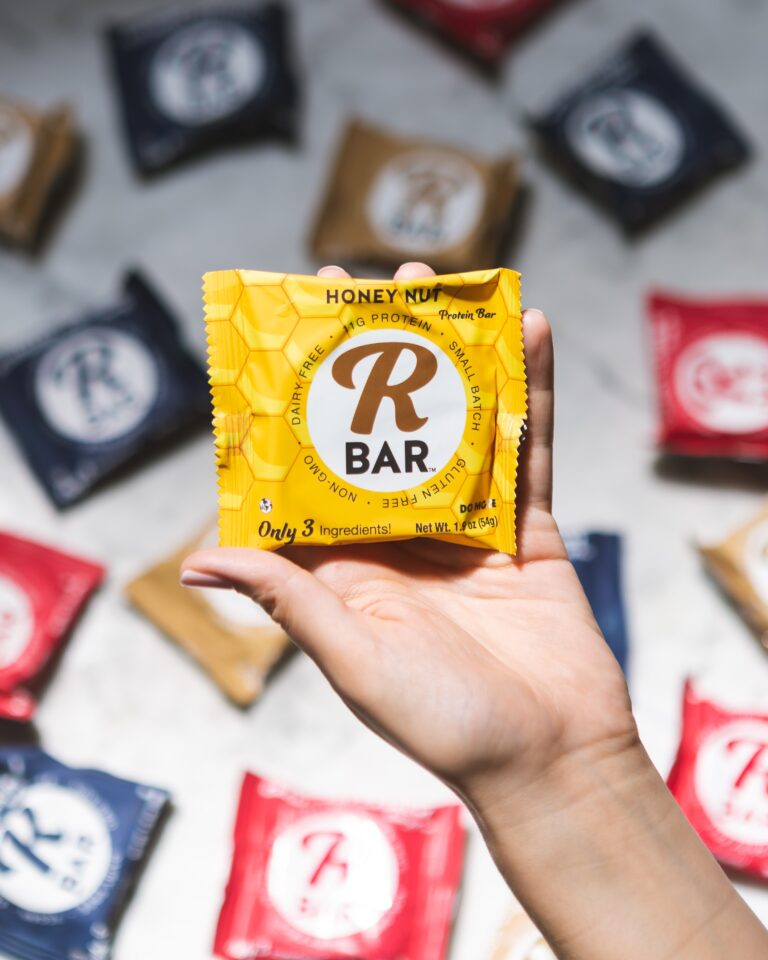
The food industry is constantly evolving and finding new and innovative ways to present its products. Two of the most popular packaging options on the market today are flexible and rigid packaging. Flexible packaging refers to soft, foldable, and collapsible materials. Rigid packaging, on the other hand, is hard and stiff, so cannot be folded or change shape.
As it offers many advantages over rigid packaging, such as being lower cost, more lightweight, and more eco-friendly, flexible packaging has steadily risen in popularity in the food industry. This article will provide an overview of the benefits and drawbacks of both packaging options.
The food industry has long since recognized the crucial role that packaging plays in preserving and protecting food products. For example, packaging acts as a barrier against the outside world, helping to keep food high quality, fresh, and safe for consumption. In addition, packaging helps prevent contamination and extends the shelf life of products, ensuring that they reach consumers in the best possible condition.
There are a range of different packaging types out there, each with its own unique set of properties and features. Some of the most common types include rigid packaging, such as glass or metal containers; and flexible packaging, such as pouches, bags, and plastic wrappers.
Other options include biodegradable and compostable packaging, as well as active and intelligent packaging that incorporates various technologies to improve food preservation and safety.
In recent years, the use of flexible packaging in the food industry has grown rapidly. Several factors are behind this trend, including the increasing demand for convenience and portability of food products, as well as the urgent need to reduce waste and improve sustainability.
Flexible packaging offers several advantages over its rigid counterpart. As a result, it has become a popular choice for food manufacturers, retailers, and consumers alike. Here are just a few of the reasons as to why it has become everyone’s go-to packaging option.
Flexible packaging has been gaining ground in the food industry because of its many benefits, including cost-effectiveness. Offering lower raw material costs and lighter weight, it in turn translates to lower shipping costs, making flexible packaging a more lucrative alternative to rigid materials.
In addition to being lower in cost, flexible packaging is also more sustainable than rigid packaging—generating less waste and providing more recycling options, flexible packaging is a much greener option.
Flexible packaging also keeps products fresh for longer than rigid packaging. Its barrier properties help protect food products from external factors such as light, moisture, and oxygen. In addition, flexible packaging can be shaped to fit the product, providing even better protection.
With flexible packaging, you also get improved convenience and portability. Being easy to store and transport, flexible packaging’s design makes for a convenient option for both businesses and consumers. It is also very user-friendly, making it a favourite among food lovers.
Flexible and rigid packaging each come with their share of advantages and disadvantages. Here’s a comparison of the two in terms of cost, sustainability, shelf life, and convenience to help you determine which is the best option for your specific needs.
Cost is a key factor for food companies, shoppers, and retailers when it comes to selecting the best packaging for a product. Flexible packaging is generally more cost-effective than rigid packaging—offering lower raw material costs and lighter weight, it can help bring down shipping costs.
Moreover, flexible packaging can also be produced in larger quantities, adding to its cost-effectiveness. Rigid packaging, on the other hand, can be more expensive because the cost of the necessary materials, such as glass or metal, is higher. Likewise, creating the mould required to produce this type of packaging also rakes up production costs.
Sustainability is becoming an ever more prominent concern, and food companies are looking for new ways to reduce their environmental impact. When it comes to protecting the planet, flexible packaging has a number of advantages over rigid packaging.
Being more lightweight, flexible packaging results in lower carbon emissions during transportation, and requires less energy. Also, many flexible packaging materials are recyclable, helping to minimize waste, whereas rigid packaging can often only be downcycled, and therefore will eventually end up in landfill.
Product preservation is another important factor when it comes to choosing the right packaging. Flexible packaging can shield food products from air and moisture, helping to extend their shelf life. It can also be shaped to fit the product, reducing the amount of excess air, a major contributor to product spoilage.
While rigid packaging can also provide a barrier against air and moisture, it lacks this flexibility and so can result in the food product coming into contact with excess air.
Finally, convenience also plays a key role in choosing food packaging. Flexible packaging boasts a lightweight design that is easy to store and transport, making it a more convenient option for food businesses and consumers.
What’s more, flexible packaging is also easier to use for consumers because it is resealable, reducing the risk of spoilage and making it far simpler to dispense the contents. While providing a more hard-wearing alternative, rigid packaging can be heavy and difficult to store and transport, making it less practical for food companies and consumers.
Despite the countless benefits of flexible packaging, it also has its share of limitations. By carefully evaluating their product needs and considering the appropriate materials and designs available, manufacturers can harness the power of flexible packaging to provide the desired protection and preservation of their food products—and earn themselves some truly happy customers.